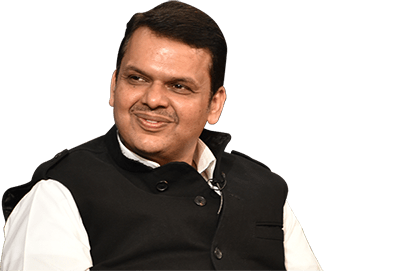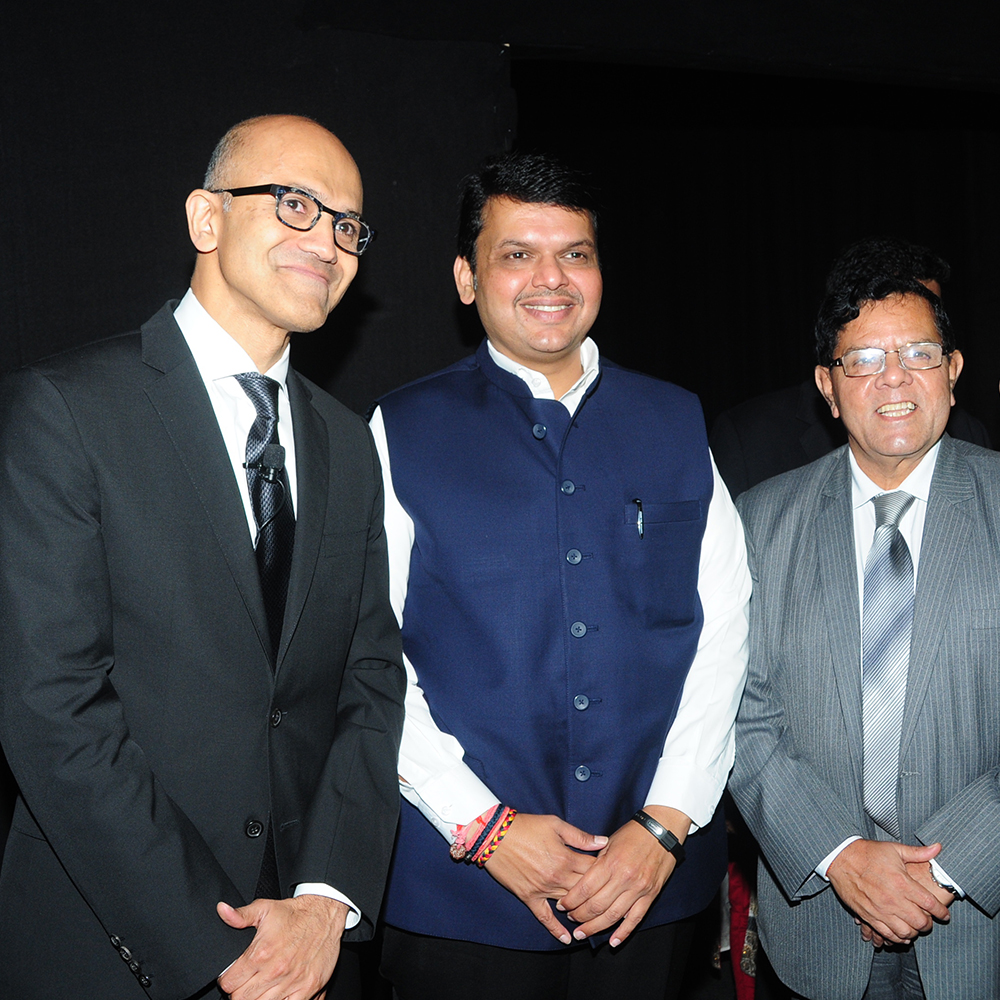Once the village got digitally connected, the state government started leveraging it for various constructive activities, such as making villagers self-reliant, providing training, creating employment, and providing health services.
It was soon found out that Amravati being a textile hub dependent largely on the weavers from West Bengal, as the local people didn’t know how to weave. So the state decided to use private institutes for imparting training to the village women on weaving. The effort gave good yields; in two years time, these women became employable and are finding jobs in Amravati.
Traditionally, the villagers were expert in making bamboo and cane products, such as mats, vases, bowls, baskets, etc. but it was difficult for them to get good prices of their crafts as middlemen would grab the bulk of the profits. The state took initiative to train the villagers on how to use the Internet effectively to sell their products online and get much better prices. As a result, the same villagers who were ignorant and impoverished are now earning money by selling their products using Skype.
To address the dismal literacy rates in Harisal, the state roped in Hewlett Packard to build an e-classroom where the medium of teaching was in the local language and lessons were taught through short films and movies on television screens.The interactive teaching methods were so effective that there was not a single drop out among the students and the percentage of passing the 10th and 12th standard were significantly improved.
Solar power panels were installed to provide power. To train students further, ICT (Information and Communication Technology) classes were introduced.
To boost crop productivity, soil testing services were made available to the villagers. They were also advised on how to sow the crops to get the best results.
Climate resilient agriculture – An initiative taken by The Government of India, Government of Maharashtra and the World Bank, may change the landscape of Vidarbha.
A US$420 million project had started during the Devendra Fadnavis government to help Small and Marginal farmers learn and practice Climate Resilient Agriculture to earn their livelihood. But what is Climate Resilient Agriculture and how is it going to change the condition of the farmers?
Agriculture worldwide is facing challenges such as a shortage of good quality land and water, and the consequences of climate change.
To deal with this looming situation, Scientists and Technologists have come out with ways to produce more food and other agricultural produces using less land and water, with fewer pesticides and fertilisers, and lower outputs of greenhouse gases.
The Climate Resilient Agriculture techniques are the fruits of their research, proven to be cheaper and sustainable farming process, especially in the severe drought-prone areas such as sub-Saharan Africa While conservation farming (through judicious use of scarce water resources) makes the central theme of Climate-resilient farming, the associating techniques entail:
Various forms of mixed cropping that enable more efficient use and cycling of soil nutrients, micro-dosing of fertilisers and herbicides, and integrated pest management.
Adopting climate-resilient seed varieties which have short maturity, are drought and heat resistant, and salt tolerant.
Using the modern plant and animal breeding methods, including biotechnology which is crucial in providing resistance to various pests of maize, sorghum, cowpeas, groundnuts and cotton; to diseases of maize and bananas; and to livestock diseases.
Combination of these methods helps build resilience rapidly and increase yields through improved photosynthesis, nitrogen uptake, resistance to drought and other impacts of climate change.
In Vidarbha, an important part of the World Bank project involves building drainage lines and preparing catchment area treatment plans that promote more efficient use of surface water for agriculture, complemented with more sustainable use of groundwater, which will ultimately improve the availability and quality of water at the farm level.
To strengthen emerging value chains for climate-resilient agricultural commodities, the project will improve the capacity of Farmer Producers Organizations to operate as sustainable, market-oriented, agri-enterprises.
It will help mainstream the climate resilient agriculture agenda in various local institutions that deliver agricultural services to the farming community.




